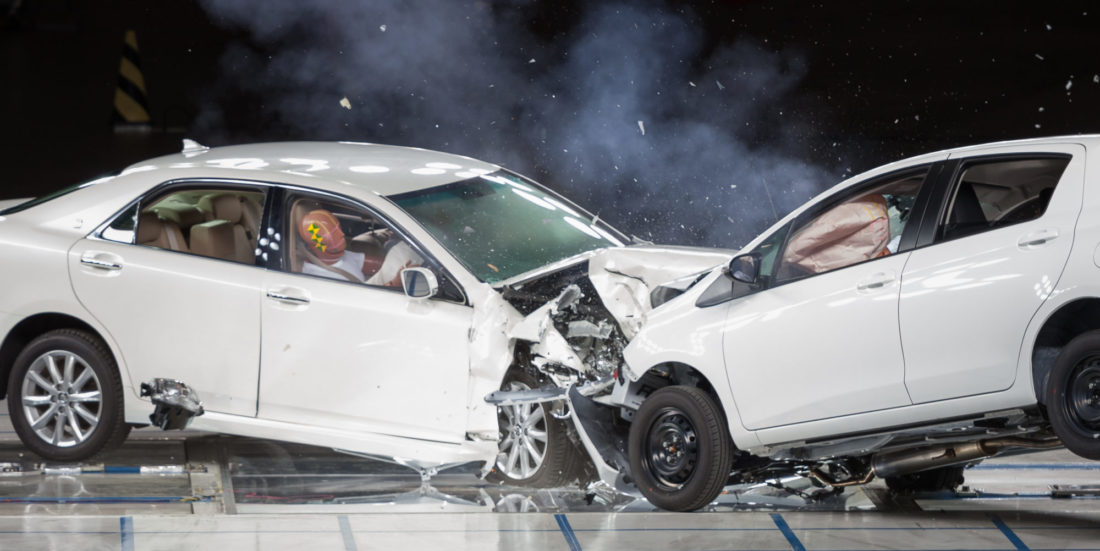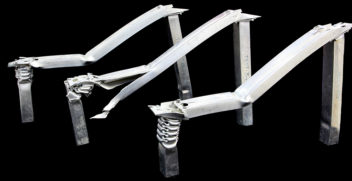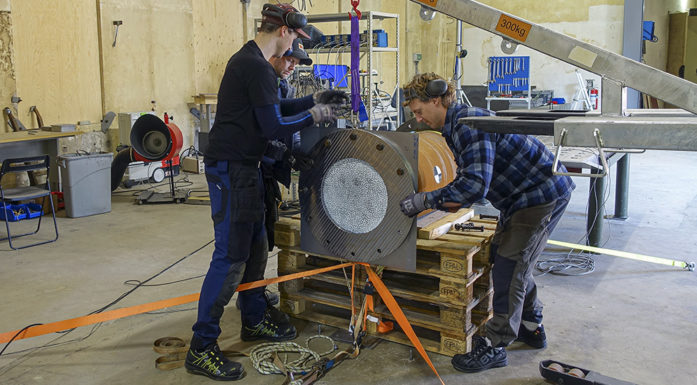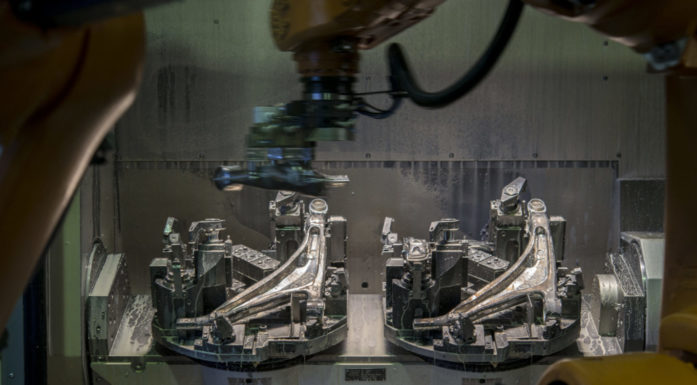Safer cars and buildings start at the nano level
When accidents happen, the difference between life and death may come down to the materials of the car, boat or building that you find yourself in. The best possible protection requires understanding as much as possible about how different materials behave under stress.
Imagine building blocks so small that billions of them fit into a piece of aluminium the size of a sugar cube.
Imagine modelling how those building blocks behave when exposed to crashes, shocks or other external stresses. Here, in this universe of atoms and particles, is where scientists Emil Christiansen and Bjørn Håkon Frodal are working at SFI CASA to understand how aluminium behaves under extreme loads.
This is actually life-saving research.
- You might also like: Breaking glass to make it safer
Research for better materials
“We’re trying to understand how the smallest building blocks behave when we bend, stretch and deform the material. Simply put, this knowledge will give us better quality building materials,” says Christiansen.
Frodal concurs that understanding the micro-level physics inside metallic materials is fundamental.
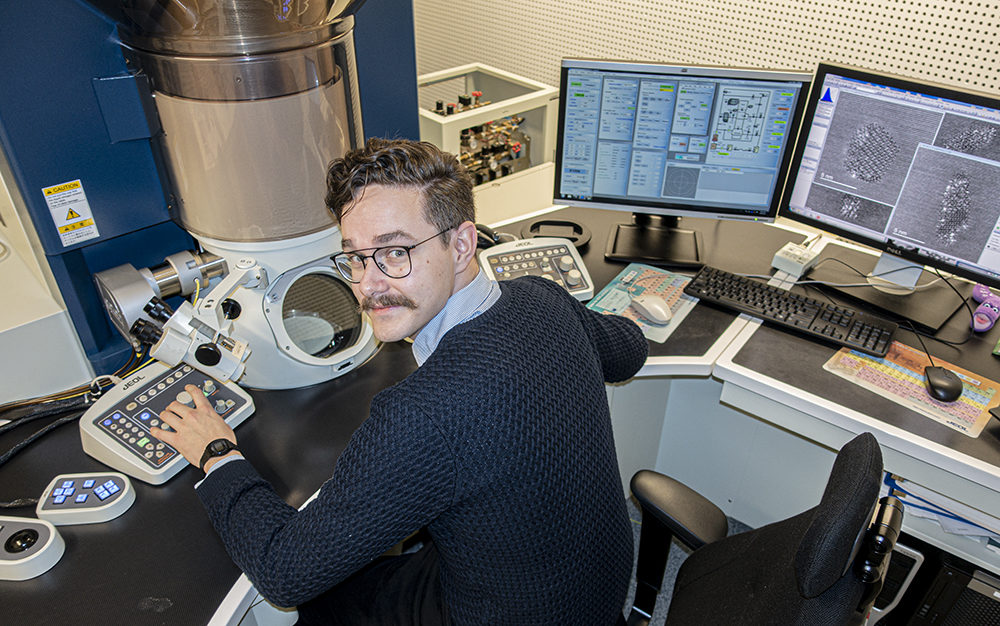
Christiansen experiments with aluminium crashes at the nano level. He uses NTNU’s transmission electron microscope in his work. Photo: Sølvi W. Normannsen
The researchers offer three examples of industry that needs this knowledge, and why:
- In order for aluminium manufacturers to develop, update and improve their alloys, they need to know as much as possible about the properties of the materials they make.
- The automotive industry has a goal of drastically cutting down on physical crash testing of cars. In order to do that, it needs data models that can simulate the behaviour of the materials instead.
- The energy and construction industries need to understand the behaviour and limitations of the materials they use, in order to prevent accidents and damage as effectively as possible.
Strengthening CASA’s virtual laboratory
Frodal and Christiansen are the first of six PhD candidates to defend their theses at CASA this fall. CASA (Centre for Advanced Structural Analysis) is a Centre for Research-Driven Innovation, or SFI, in NTNU’s Department of Structural Engineering. The centre hosts the SIMLab research group. This group is a world leader in the field of how materials and structures behave under extreme stress.
“Test crashes on PCs can save the industry tremendous amounts of time and money.”
A major focus area for CASA is its virtual laboratory (VL) for designing aluminium structures. One of its objectives is to help reduce, or ideally eliminate, physical crash tests of cars.
In other words: test crashes on PCs can save the industry tremendous amounts of time and money. Virtual testing also offers significant environmental benefits.
- You might also like: A six-tonne tube helps make Norway’s government quarter safer
Blueprint lies at the nanoscale
If you think of VL as a modelling chain with four main tools, Christiansen makes his contribution at the absolute starting point. Here we’re talking about atoms and minute building blocks down to sizes that are a thousandth the width of a human hair.
Christiansen believes the blueprint lies at the nanoscale.
“You have to drill all the way down to see what’s really happening in the material. It’s like doing a fact check of a lot of the theoretical research that exists,” he says.
Christiansen has worked on one of the world’s most sophisticated electron microscopes to see what’s moving in the materials at the atomic level: the large transmission electron microscope (TEM) at NTNU.
Neighbour quarrels between atoms
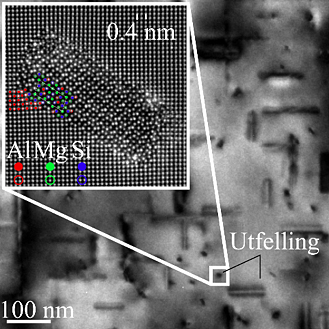
Al-Mg-Si precipitates in aluminium. The precipitates are needle-like and extend in three perpendicular directions. Individual atoms are visible in inset image.
Here he can zoom into the aluminium universe populated by various atoms. They are inconceivably small, but they behave in ways we can recognize.
Take magnesium or silicon, for example. Each atom has its own sphere surrounded by a certain number of atoms, laid out next to each other in a meticulous structure and order.
“They are inconceivably small, but they behave in ways we can recognize.”
When the material is subjected to strain or pressure, the atoms get shoved into each other’s intimate spheres. It’s like being invaded by troublesome neighbours from all sides. Sparks fly, and at some point when the atoms have had enough, they make their escape, so to speak. The moment they give in, move away or dislocate, the material fails or becomes unstable.
“The use of aluminium has a long history, and we know a lot about this metal. But when we study past research, we still find contradictory and imprecise work. We may have to clean up and poke a few holes in some of the old knowledge. Before now we haven’t been able to see what’s happening deep inside the metals,” says Christiansen.
- You might also like: This is what you need to know about CCS – Carbon Capture and Storage
Just like reinforcement bars in concrete
Frodal works a little further up the VL chain, at the granular level, with what’s called crystal plasticity modelling in the language of the profession.
“The deeper down the scale we go, the more information we get. My main interest is at the level of crystals and primary particles. This is where damage and fractures occur,” says Frodal.
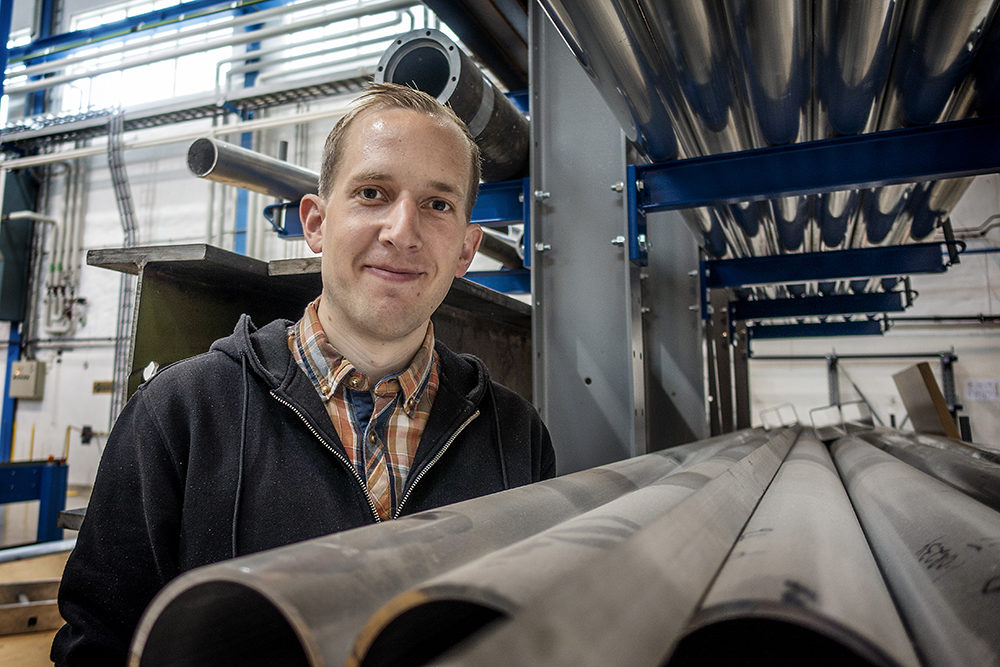
Bjørn Håkon Frodal has researched what happens in the ductile fracture process of aluminium alloys. Specifically, he studies the moldability and ability of the materials to deform without breaking. Photo: Sølvi W. Normannsen
Aluminium is a silvery-white and lightweight material. In its pure form it is so malleable that it can easily be bent by hand. The metal has a granular structure, and inside the grains are stacks of extremely well-organized atoms lying in grid formation. Each grain measures 50-100 microns (0.05-0.1 mm).
“The materials are subjected to extreme pressure before being stretched until they break.”
To increase the strength of the material, tiny amounts of magnesium and silicon are added. These substances form precipitates, particles that are shaped like needles or discs, and function in the same way as reinforcement bars in concrete.
Cars and vulnerable human bodies
Frodal has helped develop a model for what is called crystal plasticity. The model makes it possible to predict what happens in each of the tiny grains when the material is subjected to a crash, impact or other extreme loading. He has done about 200 experiments on three different extruded aluminium alloys. These are in turn heat-treated in three different ways.
The tests can be compared to violent torture. The materials are subjected to extreme pressure before being stretched until they break.
Why?
Because in the real world, this is what happens when a car collides, for example.
What controls the evolution of damage and failure?
Imagine the crash box, which is behind the bumper in your car. It is made of aluminium and has one task: to absorb energy and protect your extremely vulnerable human body.
During impact, the material is first compressed and folded. During the folding, sections of the material stretch, and damage and breakage may occur.
Frodal’s research is a significant step forward in understanding and describing the ductile fracture process for aluminium alloys. Ductility describes the material’s moldability and ability to deform without breaking.
The primary particles are hard since they contain iron and silicon. As the material deforms, the particles crack and form voids. As the strain increases, the voids grow and merge with other voids. When this happens, the material fractures.
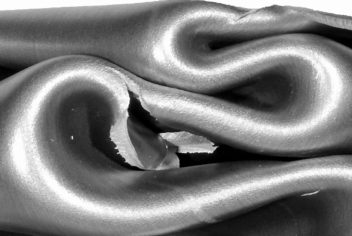
Aluminium profile subjected to crash. The material folds and stretches, resulting in damage. Photo: SFI CASA
Frodal is motivated by the question of how different loads control the evolution of damage and failure.
Strengthening the link
Both Frodal’s and Christiansen’s doctoral dissertations include a jointly written article (not yet published). Their work strengthens the virtual laboratory as a tool for designing cars and protective structures.
The new knowledge enables CASA researchers to perform faster, more robust and more varied simulations. This represents a significant step towards SIMLab’s long-term objective, that the virtual laboratory could reduce or even make physical testing superfluous, thus contributing to a better environment and safer cars, buildings and other structures.
Want to learn more?
- Emil Christensen’s research in the SFI CASA Newsletter
- Bjørn Håkon Frodal’s research in the SFI CASA Newsletter
- CASA (Centre for Advanced Structural Analysis), NTNU
